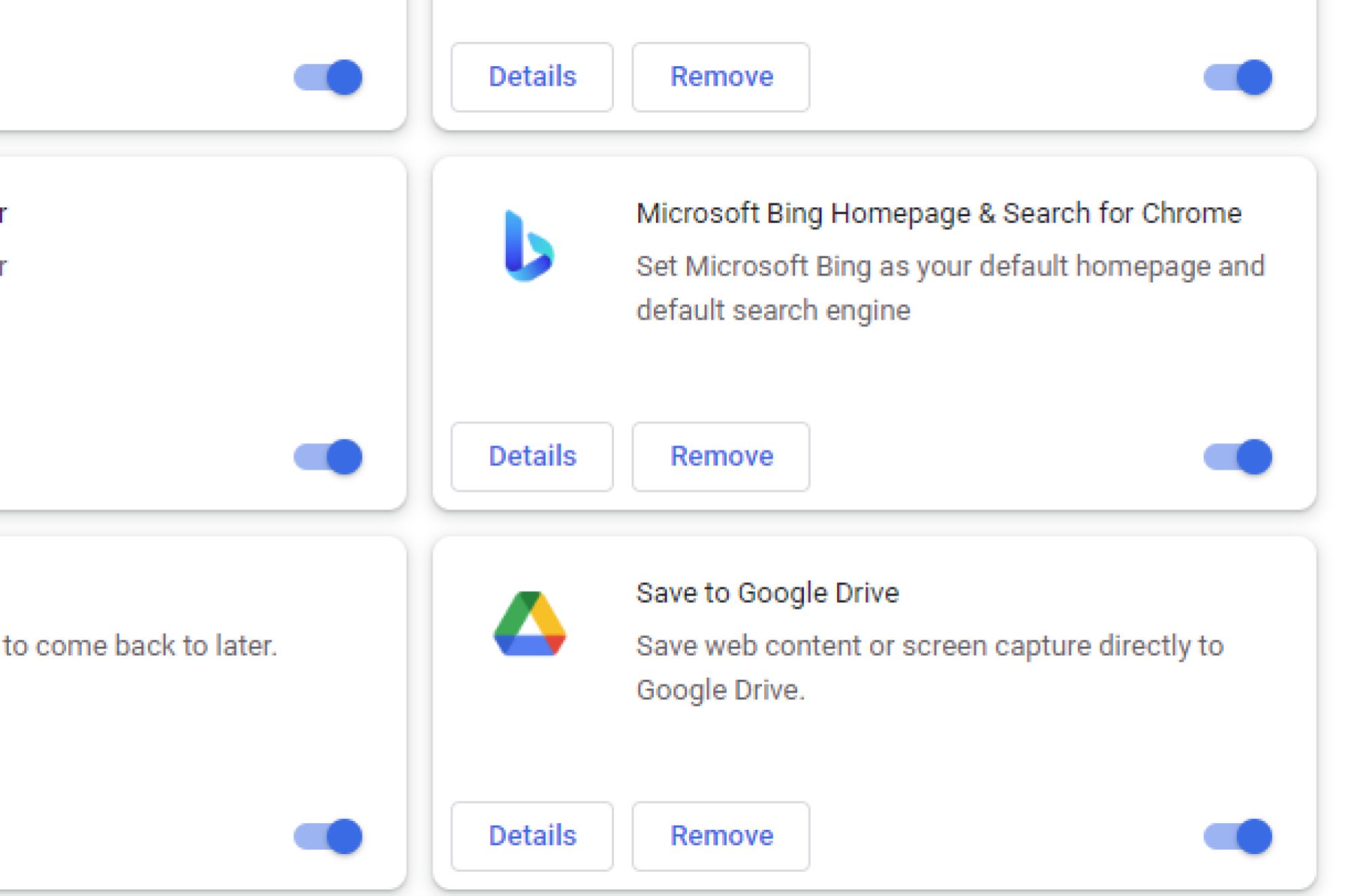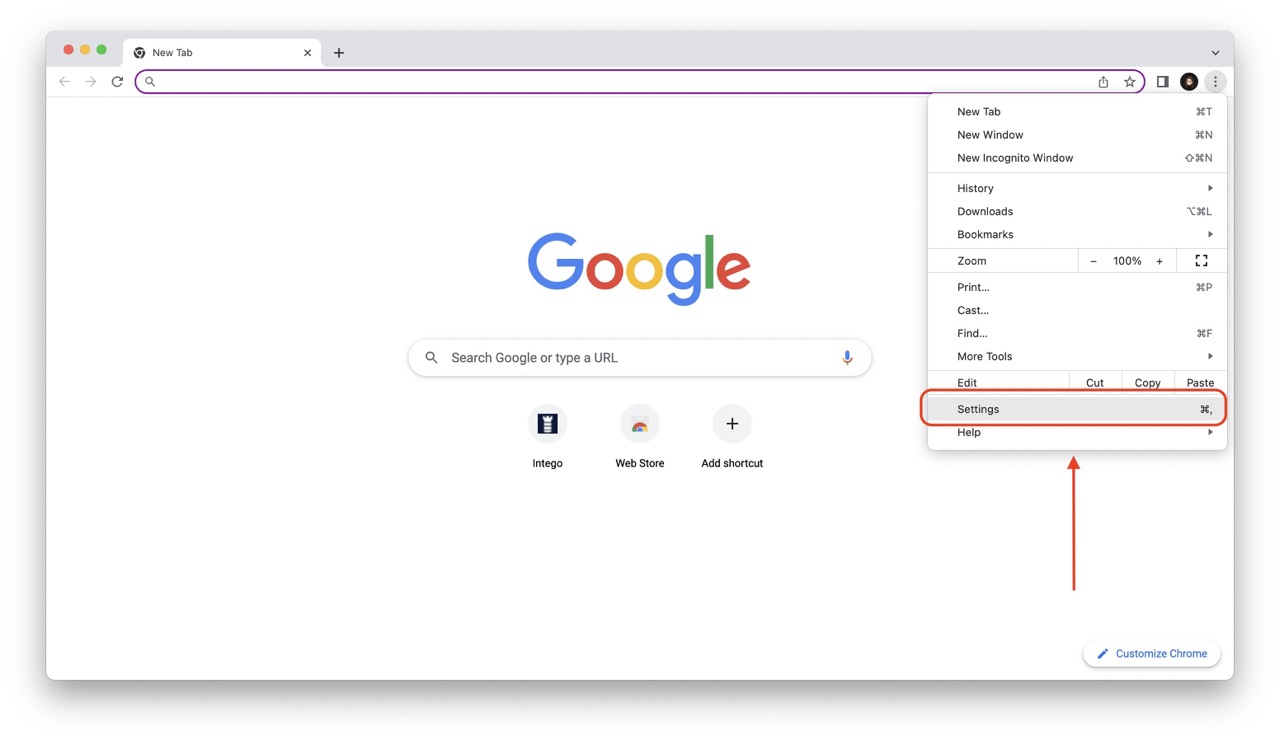Introduction
When using Google Chrome as your primary web browser, it's not uncommon to find yourself in a situation where you accidentally close the browser or restart your computer, only to realize that all your previously opened tabs have vanished into the digital abyss. This can be a frustrating experience, especially if you had numerous tabs open for important research, work, or leisure purposes. However, fear not, as there are several methods to restore your Google Chrome tabs after a restart, ensuring that you can seamlessly pick up where you left off.
In this article, we will explore various techniques to recover your lost tabs, ranging from utilizing Chrome's built-in features to employing third-party extensions. Whether you accidentally closed the browser window or had to restart your computer, these methods will help you retrieve your precious tabs without the hassle of manually searching for each lost webpage.
So, if you've ever found yourself in the predicament of losing all your open tabs in Google Chrome, fret not. By the end of this article, you'll be equipped with the knowledge to effortlessly restore your tabs and resume your browsing session with ease. Let's dive into the different methods that will empower you to reclaim your lost tabs and alleviate the frustration of starting from scratch after an unexpected browser closure or system restart.
Using the "Continue where you left off" feature
One of the most convenient and straightforward methods to restore your tabs in Google Chrome after a restart is by leveraging the browser's built-in "Continue where you left off" feature. This feature is designed to automatically reopen all the tabs that were active before the browser was closed, providing a seamless browsing experience without the need for manual intervention.
To enable this feature, follow these simple steps:
-
Open Google Chrome and click on the three-dot menu icon located in the top-right corner of the browser window.
-
From the dropdown menu, select "Settings" to access the browser's settings and preferences.
-
Within the Settings menu, scroll down to the "On startup" section, which contains options for configuring how Chrome behaves when launched.
-
Here, you will find the "Continue where you left off" option. Click on the toggle switch next to this setting to enable it.
By enabling this feature, Google Chrome will automatically reopen all the tabs and windows that were active before the browser was closed or the system was restarted. This means that you can seamlessly resume your browsing session without having to manually restore each tab, saving you time and effort.
It's important to note that the "Continue where you left off" feature is particularly useful for individuals who frequently work with multiple tabs and need to preserve their browsing sessions across browser closures and system restarts. Whether you accidentally closed the browser window or had to restart your computer, this feature ensures that you can effortlessly pick up where you left off without any disruptions.
By taking advantage of this native functionality within Google Chrome, you can streamline the process of restoring your tabs and maintain a consistent browsing experience, regardless of unexpected interruptions. This feature exemplifies the browser's user-friendly design, providing a hassle-free solution for retaining your browsing history and active tabs, ultimately enhancing your productivity and convenience while using the Chrome browser.
Using the "History" feature
Another effective method to restore lost tabs in Google Chrome after a restart is by utilizing the browser's "History" feature. This feature allows users to access a comprehensive record of their browsing activity, including previously visited websites and recently closed tabs. By leveraging the "History" feature, you can easily retrieve and reopen tabs that were inadvertently closed or lost due to a browser shutdown or system restart.
To access the "History" feature in Google Chrome, follow these simple steps:
-
Click on the three-dot menu icon located in the top-right corner of the browser window to open the Chrome menu.
-
From the dropdown menu, hover your cursor over the "History" option to reveal a list of additional features and settings related to your browsing history.
-
Select "History" from the submenu to access the full browsing history, which includes a detailed list of websites visited during previous browsing sessions.
Once you have accessed the browsing history, you can navigate through the list of visited websites and identify the tabs that were closed or lost. By clicking on the specific entries in the browsing history, you can effectively reopen the corresponding webpages, restoring the tabs to their previous state.
Furthermore, the "History" feature in Google Chrome offers a search functionality, allowing users to quickly locate specific websites or tabs within their browsing history. This search capability streamlines the process of identifying and reopening lost tabs, ensuring a seamless restoration of your browsing session.
Additionally, Google Chrome provides the option to filter the browsing history by date, making it easier to pinpoint the tabs that were active before the browser closure or system restart. By utilizing the date filtering feature, you can narrow down the browsing history to the relevant time frame, facilitating the efficient retrieval of lost tabs.
Overall, the "History" feature in Google Chrome serves as a valuable tool for recovering lost tabs and restoring your browsing session to its previous state. Whether you accidentally closed important tabs or experienced an unexpected browser shutdown, the browsing history provides a comprehensive record of your online activity, enabling you to effortlessly reopen and restore the tabs that were lost during the interruption. This feature exemplifies the browser's commitment to user convenience and accessibility, empowering users to seamlessly recover their browsing sessions and continue their online activities without disruption.
Using the "Recently closed" feature
In addition to the "Continue where you left off" and "History" features, Google Chrome offers another valuable tool for restoring lost tabs: the "Recently closed" feature. This functionality allows users to quickly access and reopen tabs that were recently closed, providing a convenient method for recovering lost browsing sessions without the need to navigate through extensive browsing history.
To utilize the "Recently closed" feature in Google Chrome, follow these simple steps:
- Click on the three-dot menu icon located in the top-right corner of the browser window to open the Chrome menu.
- Hover your cursor over the "History" option to reveal a list of additional features and settings related to your browsing history.
- Select "Recently closed" from the submenu to access a list of tabs and windows that were closed during the current browsing session.
Upon accessing the "Recently closed" feature, you will be presented with a list of tabs and windows that were closed, allowing you to selectively reopen specific tabs that were inadvertently shut down. This feature is particularly useful for situations where you accidentally close an important tab or encounter a browser crash that results in the loss of active webpages.
Furthermore, the "Recently closed" feature categorizes the closed tabs and windows based on the time of closure, making it easier to identify and restore the most relevant tabs to your browsing session. By leveraging this feature, users can swiftly recover their lost tabs and seamlessly resume their online activities without the frustration of manually searching for each closed webpage.
Additionally, Google Chrome provides the option to filter the recently closed tabs and windows by date, enabling users to narrow down the list based on the time of closure. This filtering capability streamlines the process of identifying and reopening specific tabs, ensuring a targeted and efficient restoration of the browsing session.
Overall, the "Recently closed" feature in Google Chrome serves as a valuable asset for users who encounter unexpected tab closures or browser crashes. By offering a streamlined method for accessing and reopening recently closed tabs, this feature enhances the browsing experience and empowers users to effortlessly recover from interruptions, maintaining a seamless and uninterrupted online workflow.

























